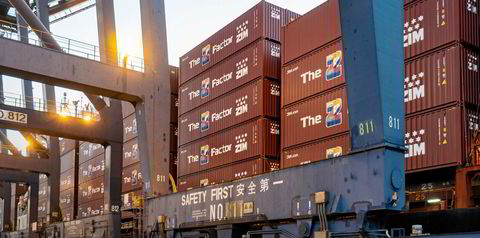Twenty-eighteen was supposed to be better than this. With first-quarter accounts now being drawn up, many companies will be wondering how — after starting so well — did it all go wrong? And what does that mean for expectations for the rest of this year and beyond?
Crude and product tanker rates today stand anywhere between a half and third of where they were last year, while the benchmark Baltic Dry Index has been dragged back below 1,000 points in recent days by capesize rates crashing.




